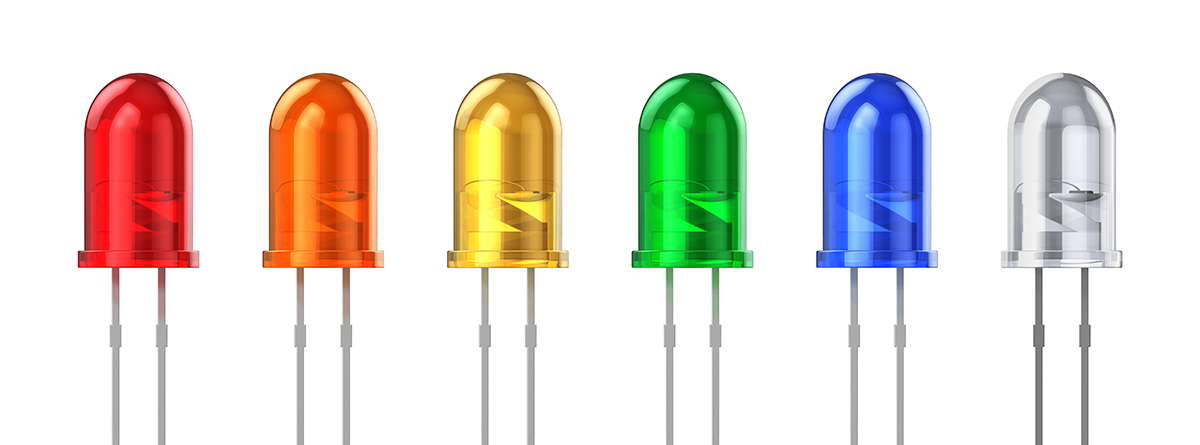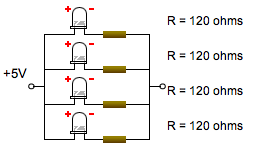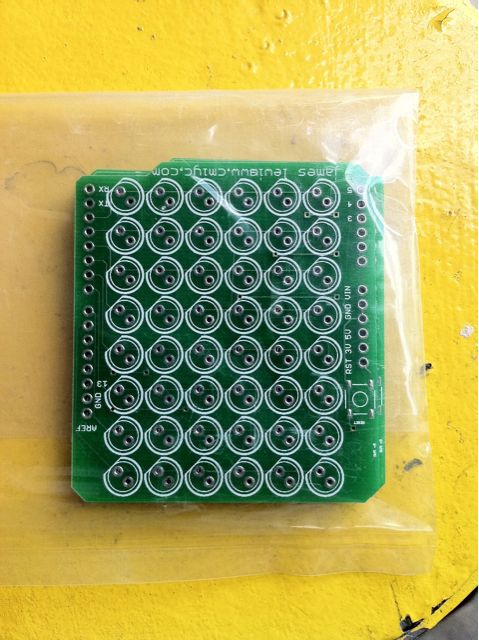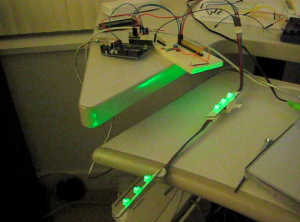Nearly every consumer device makes use of the Light Emitting Diode (LED). This highly versatile device offers an easy way to add an indicator to any project while drawing a relatively small amount of current. Once their operation is understood, adding them to any project is a simple task. This tutorial is a simplified explanation of how a LED works and how to select a current limiting resistor. The LED tutorial here is enough to use LEDs in a project but is not intended to be a thorough explanation.





